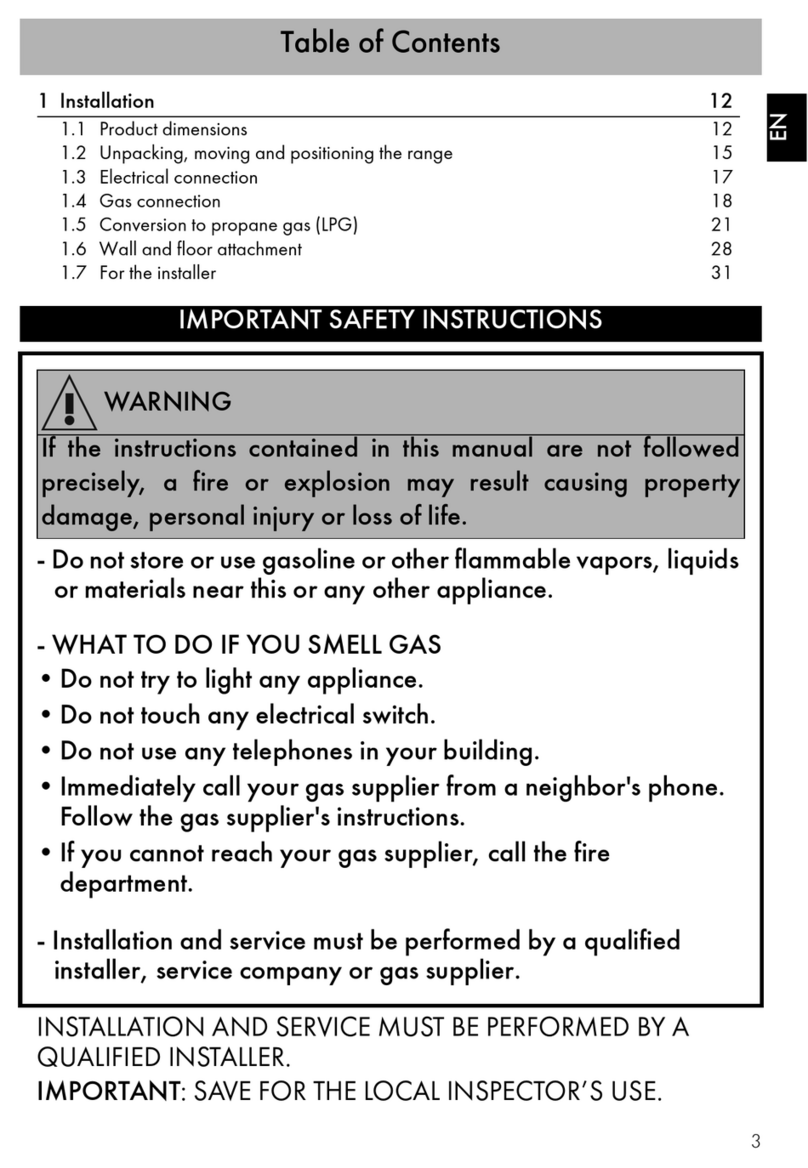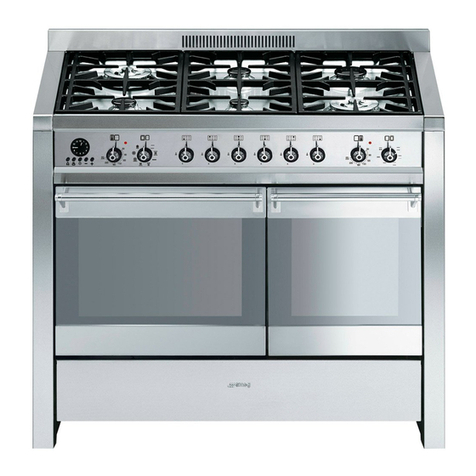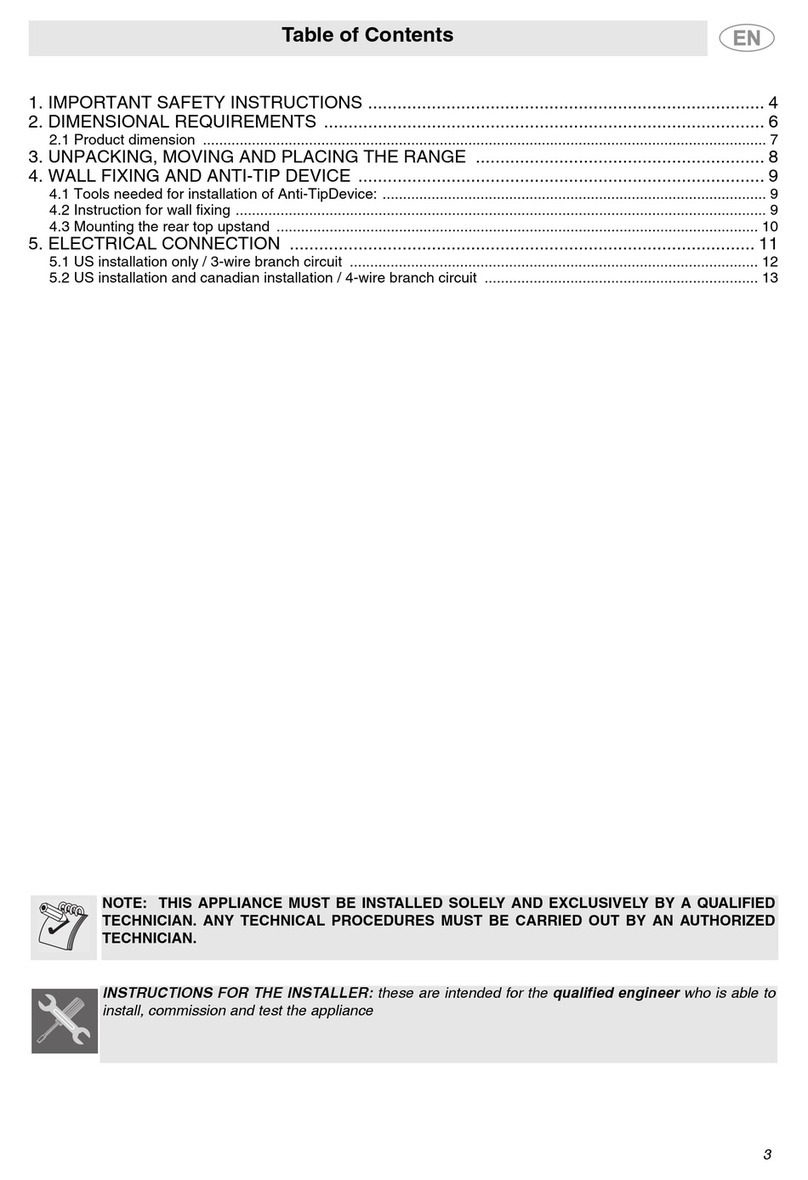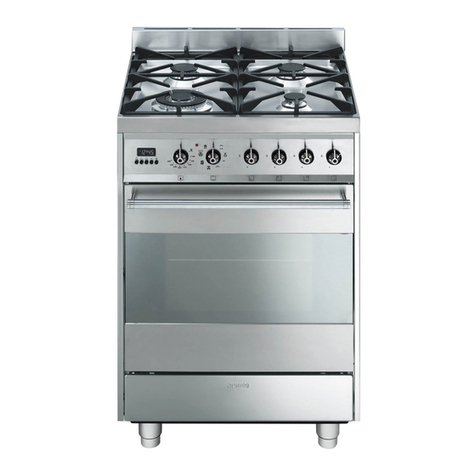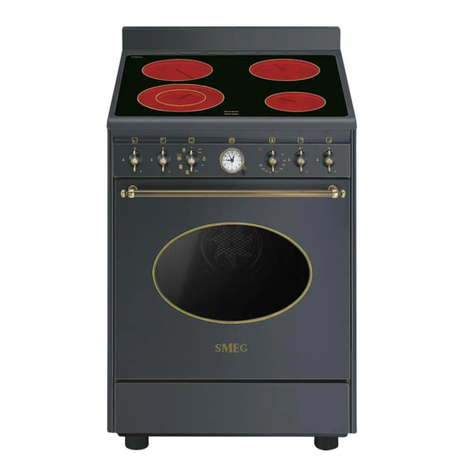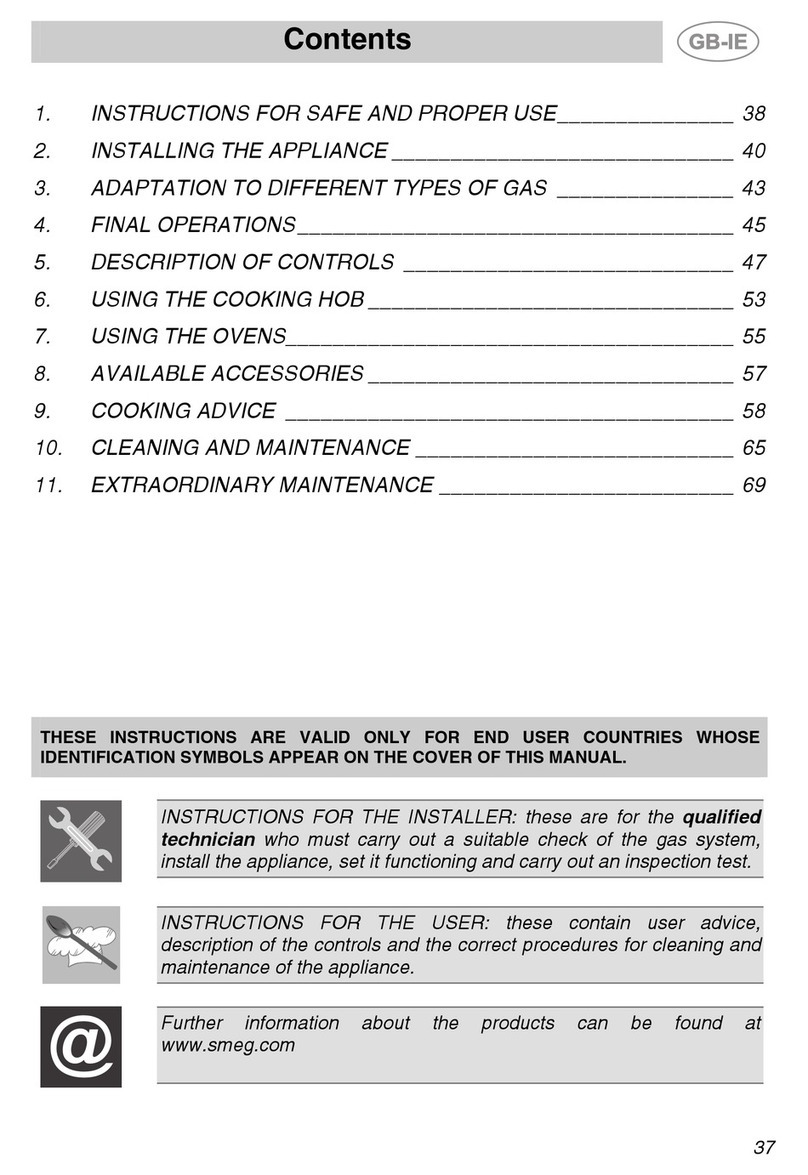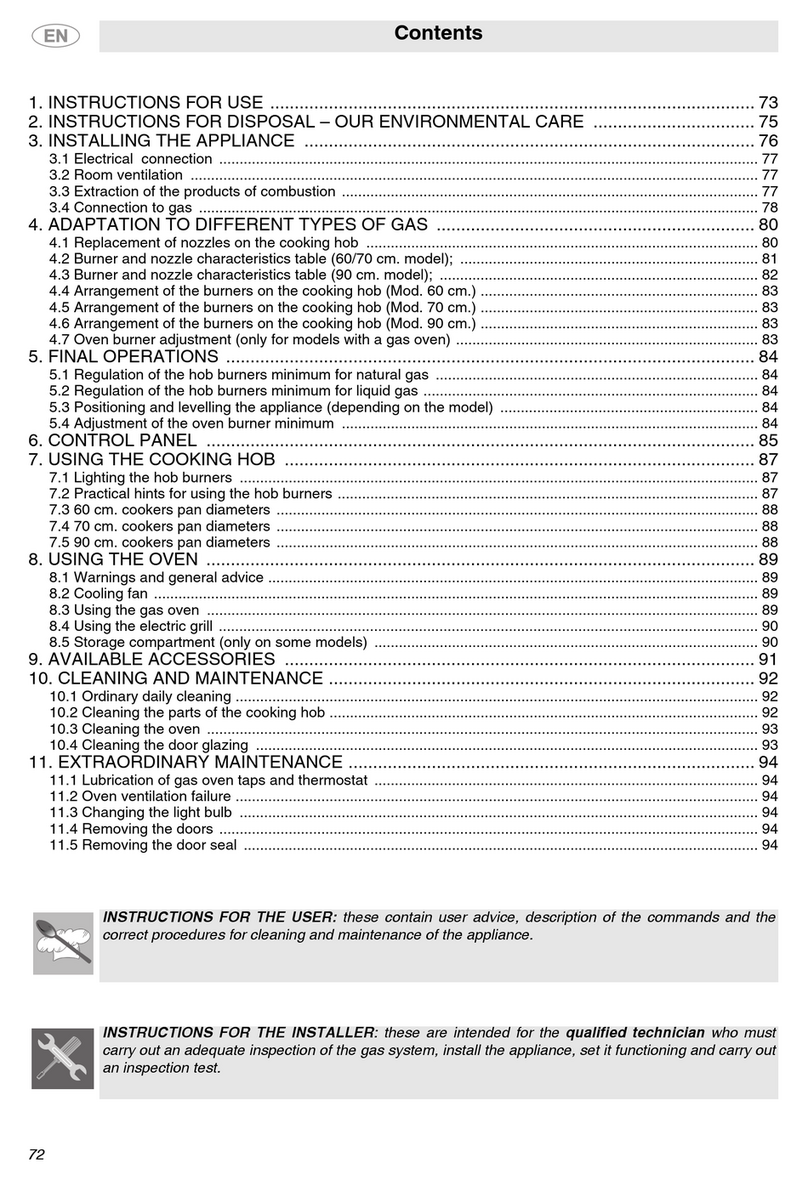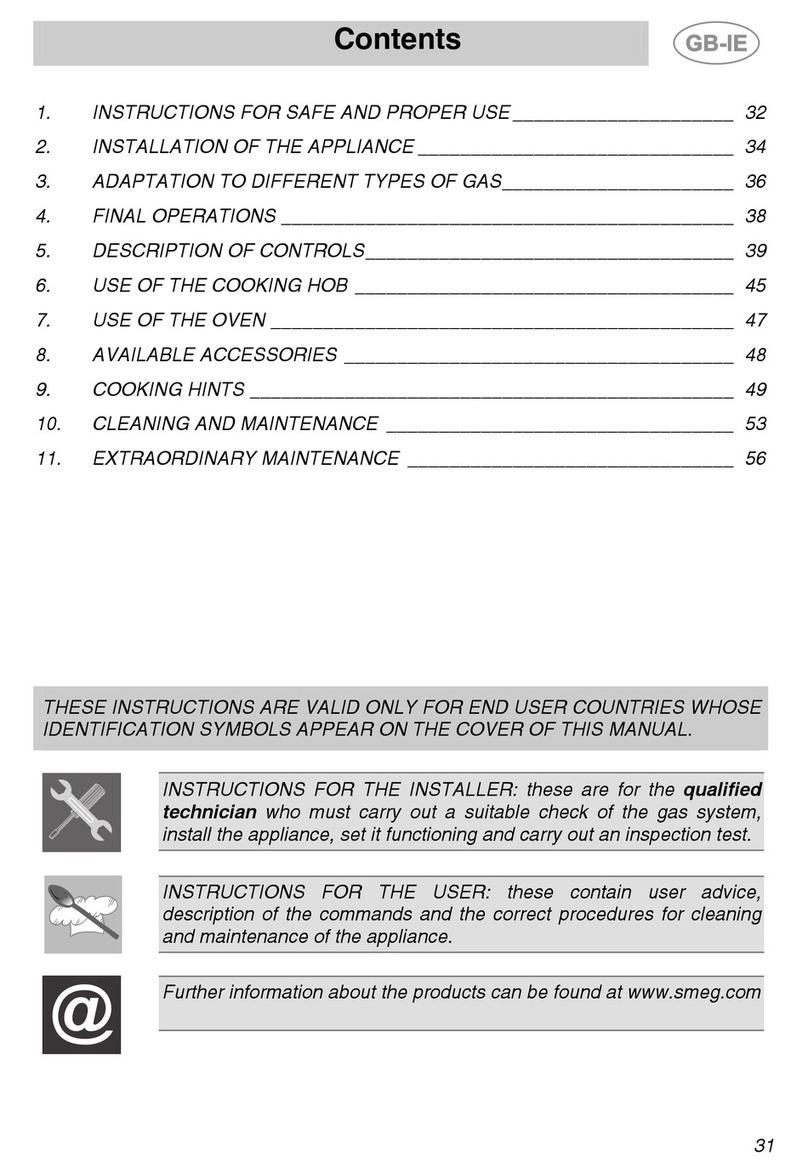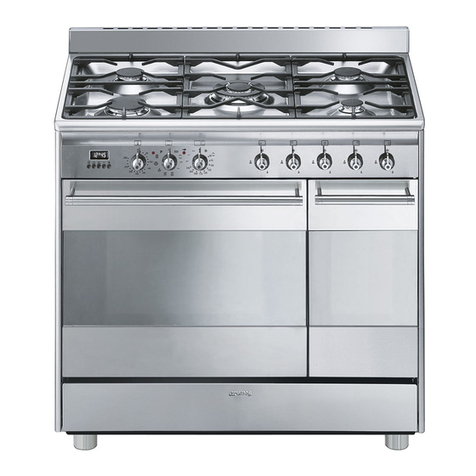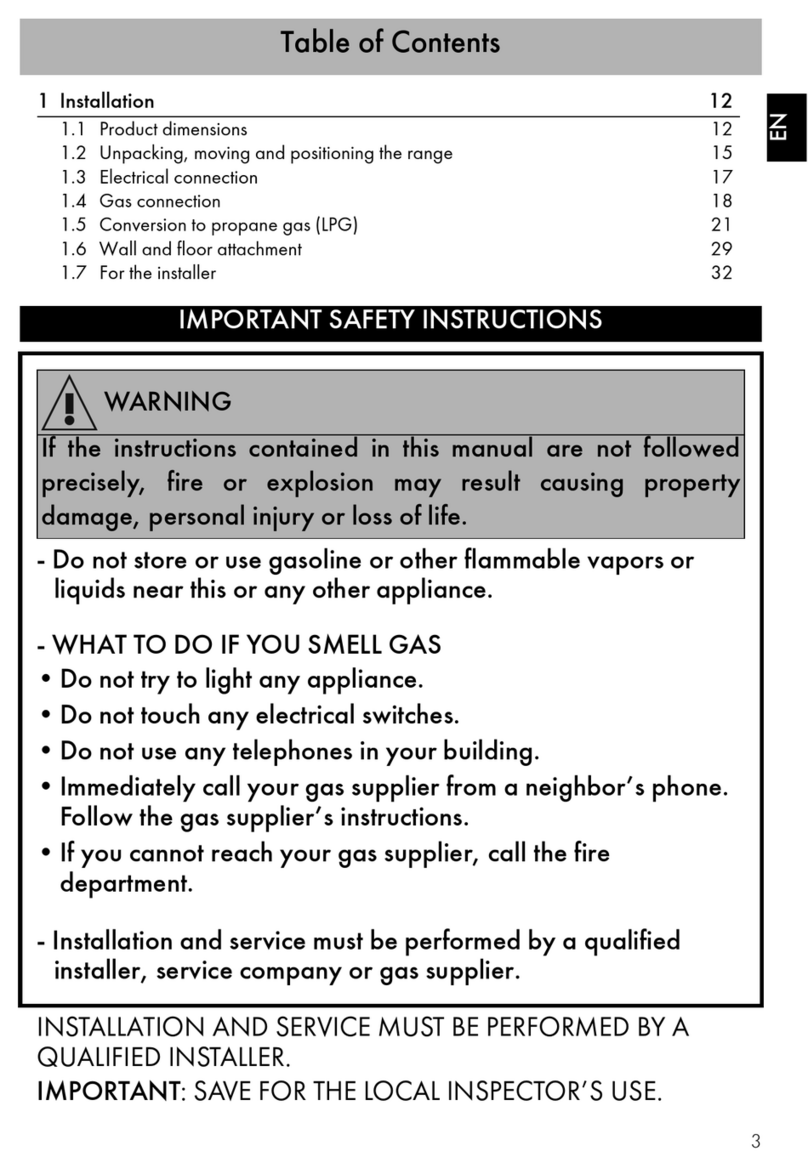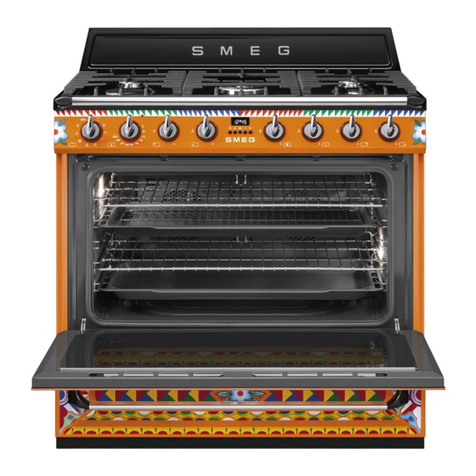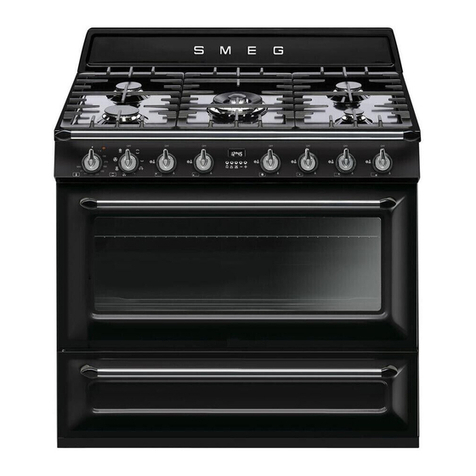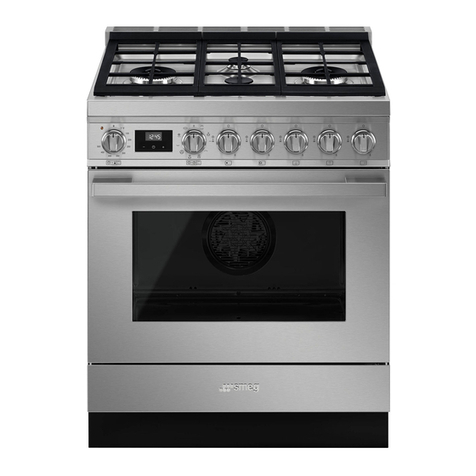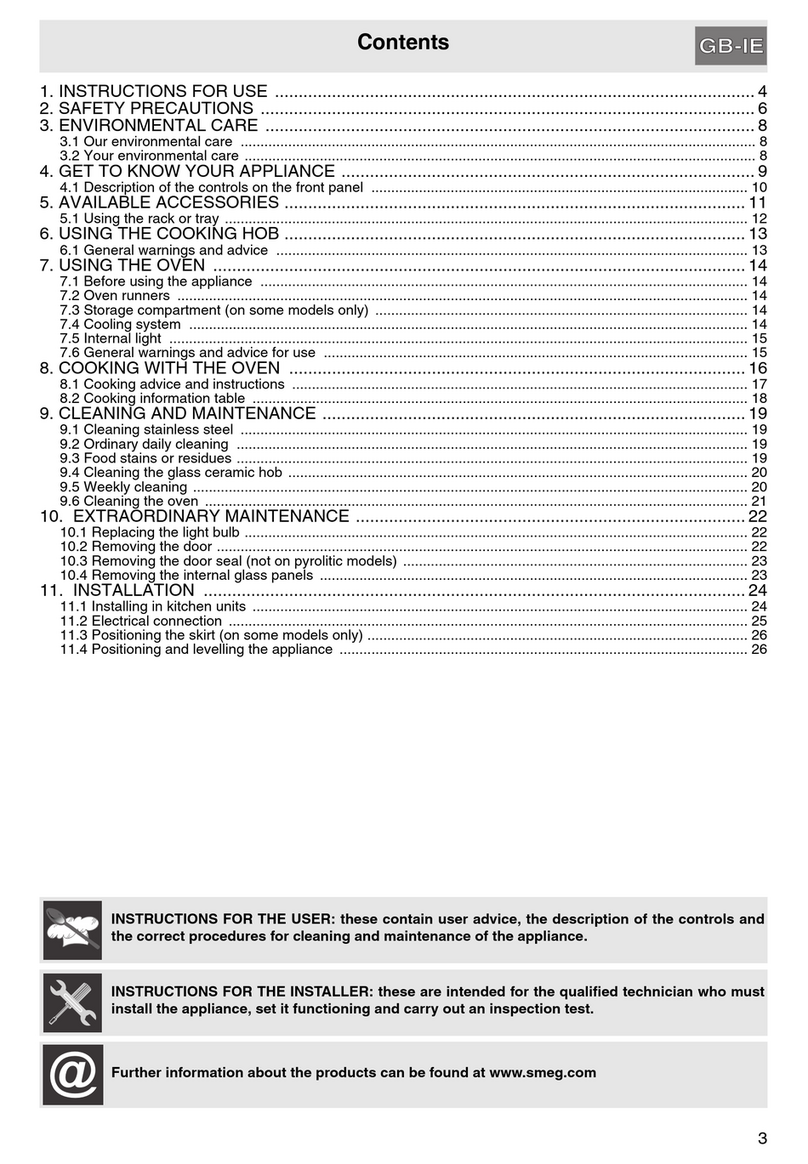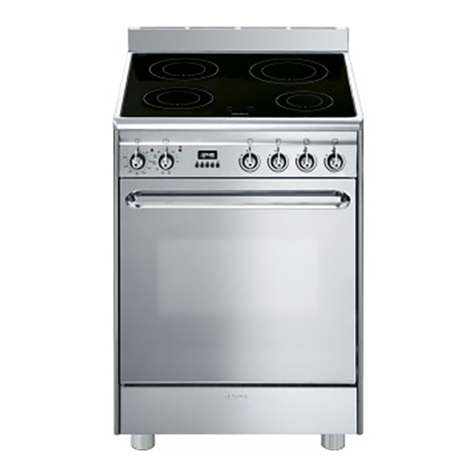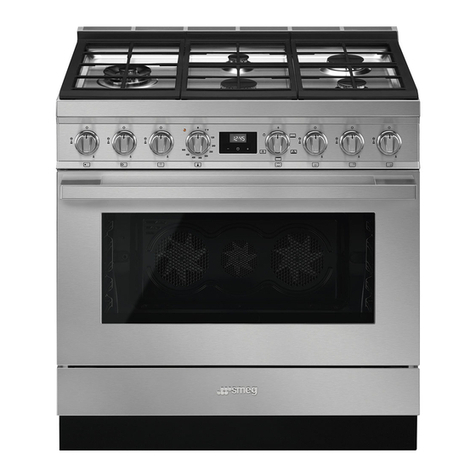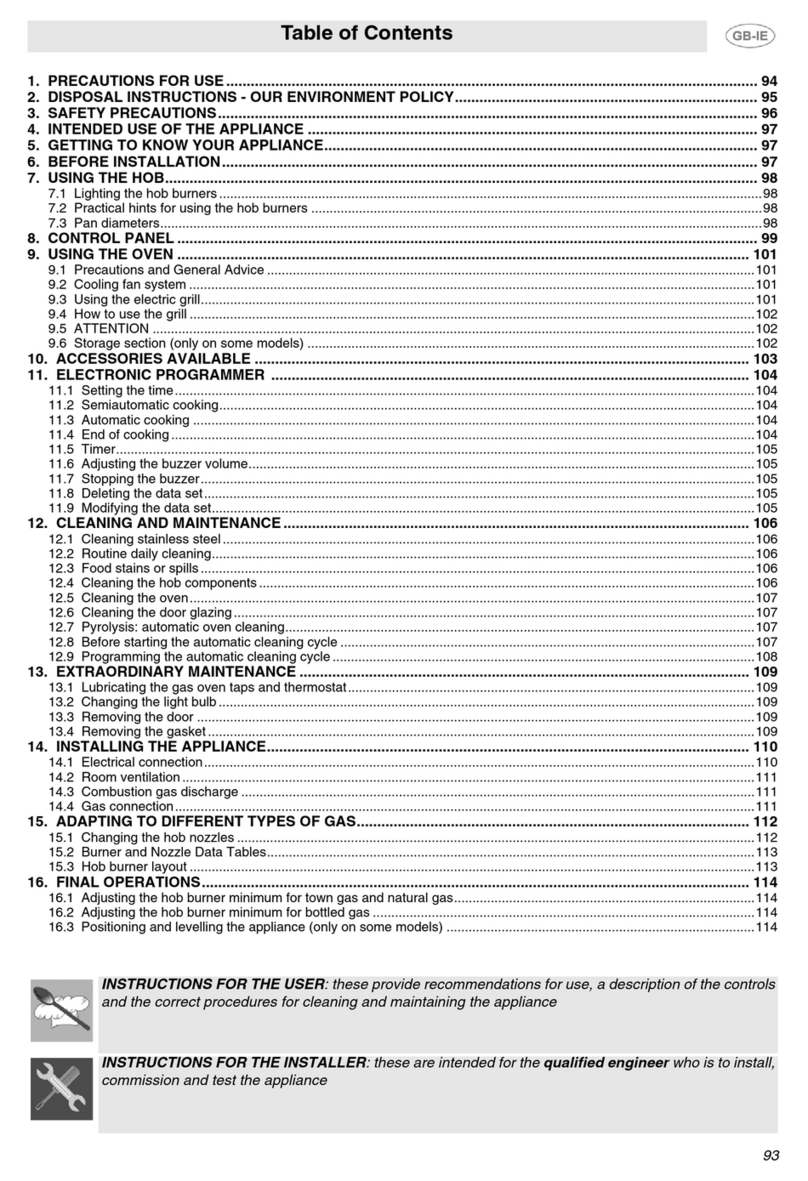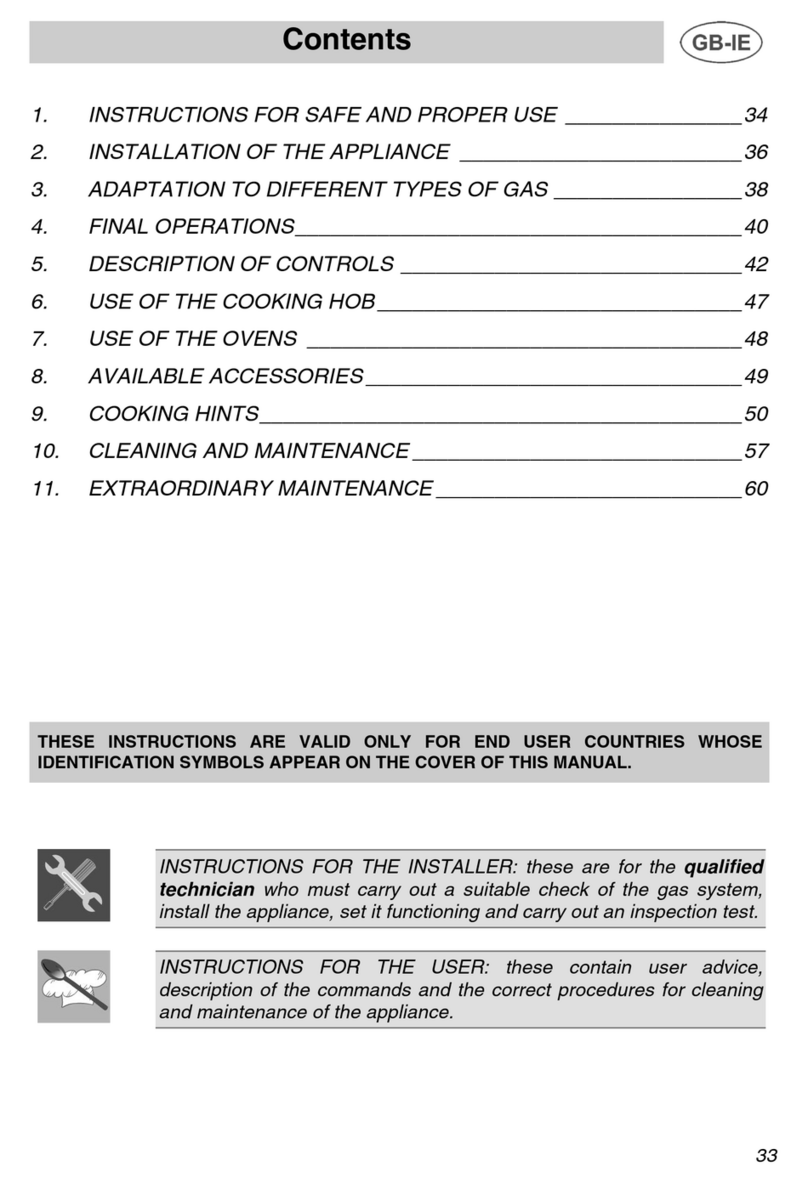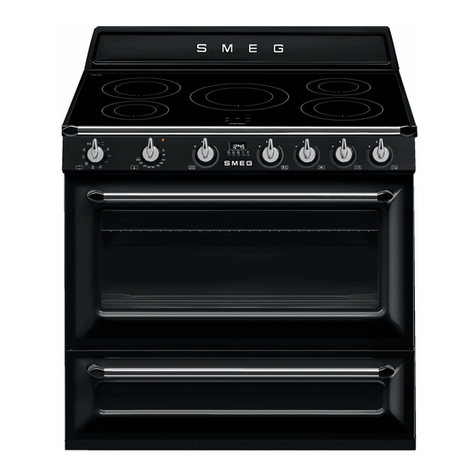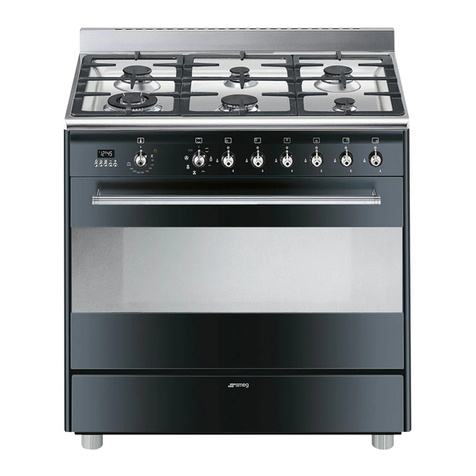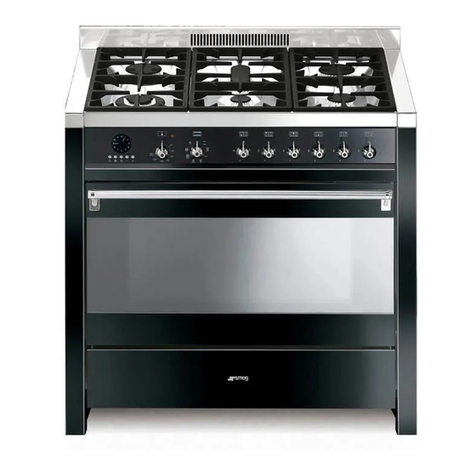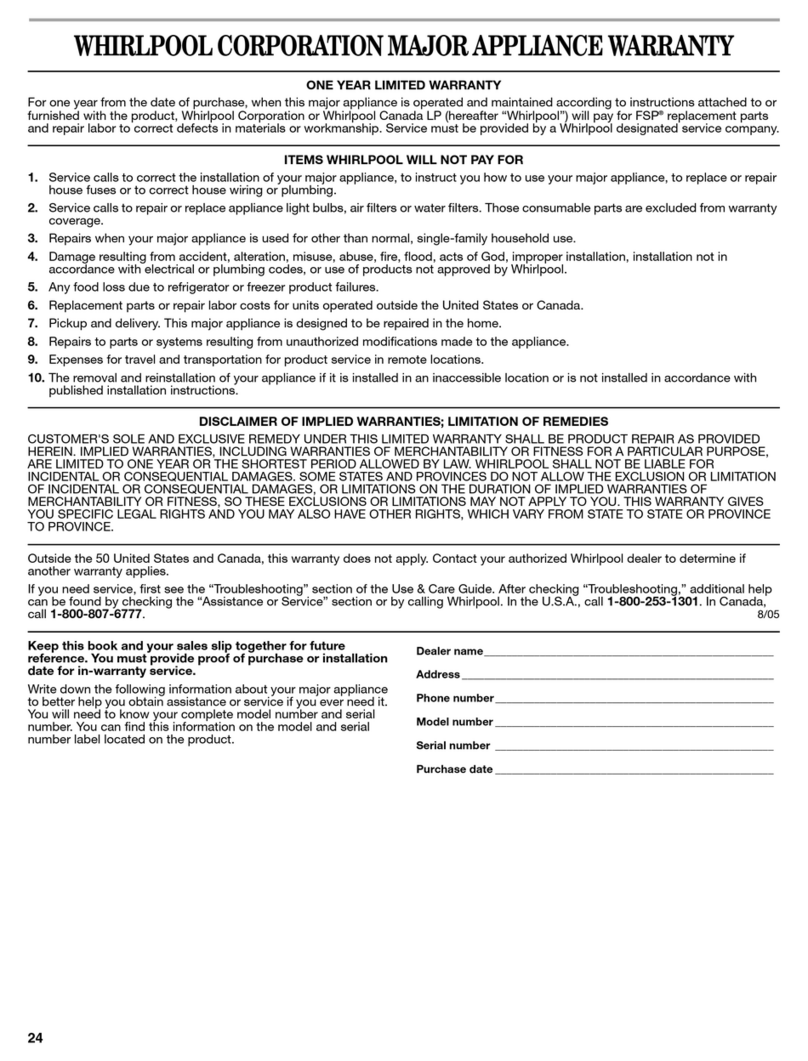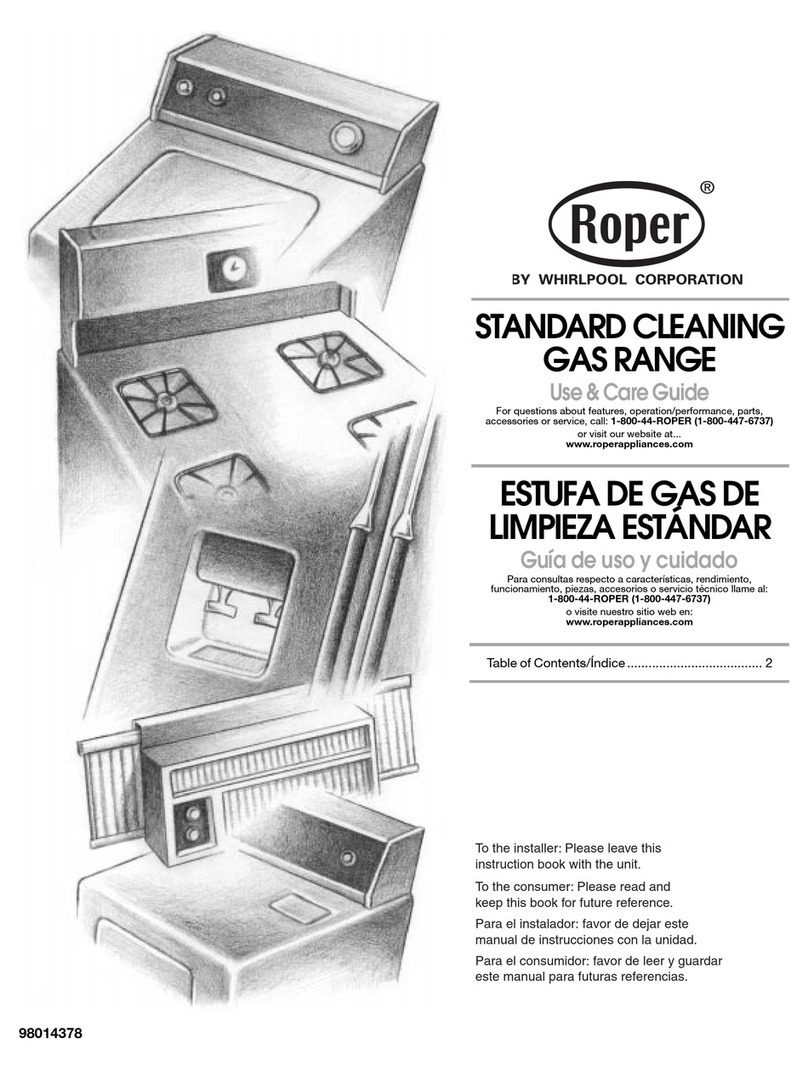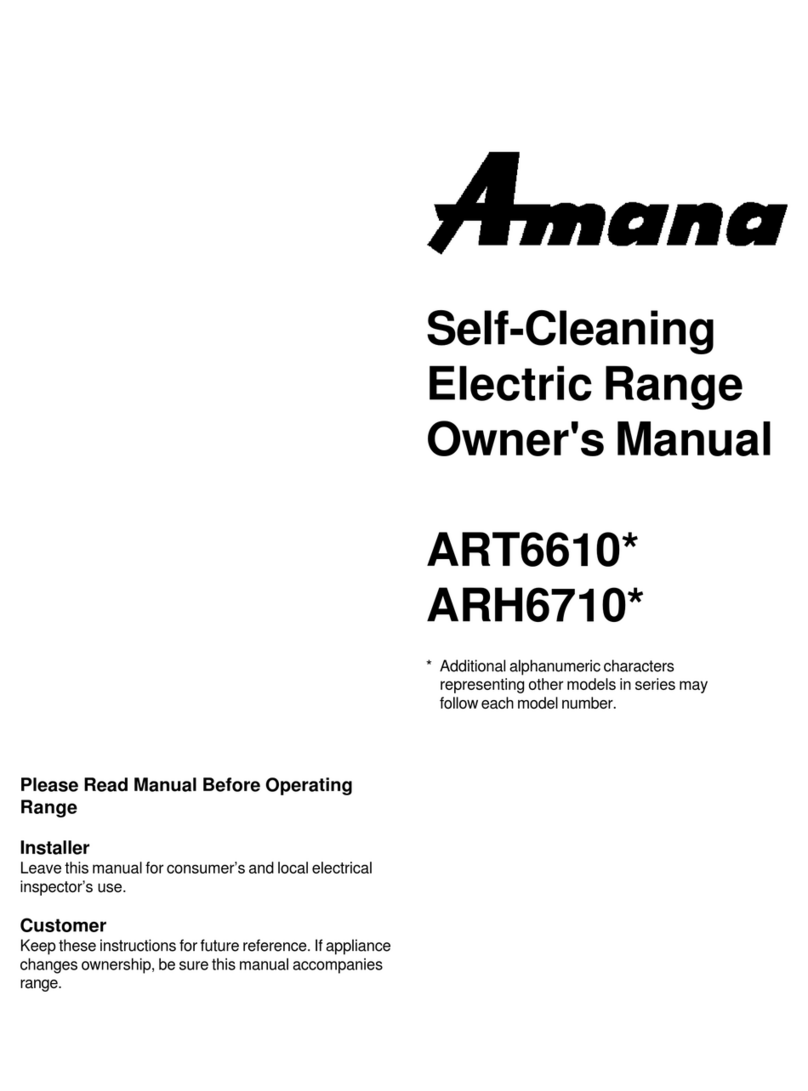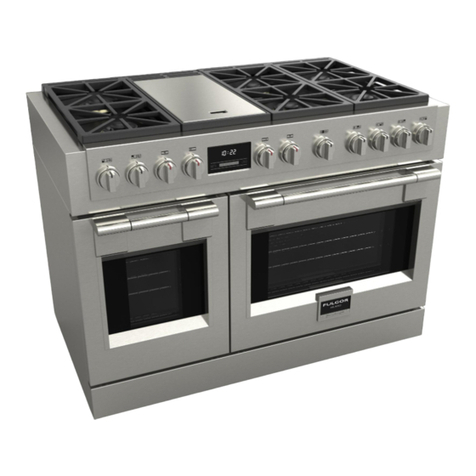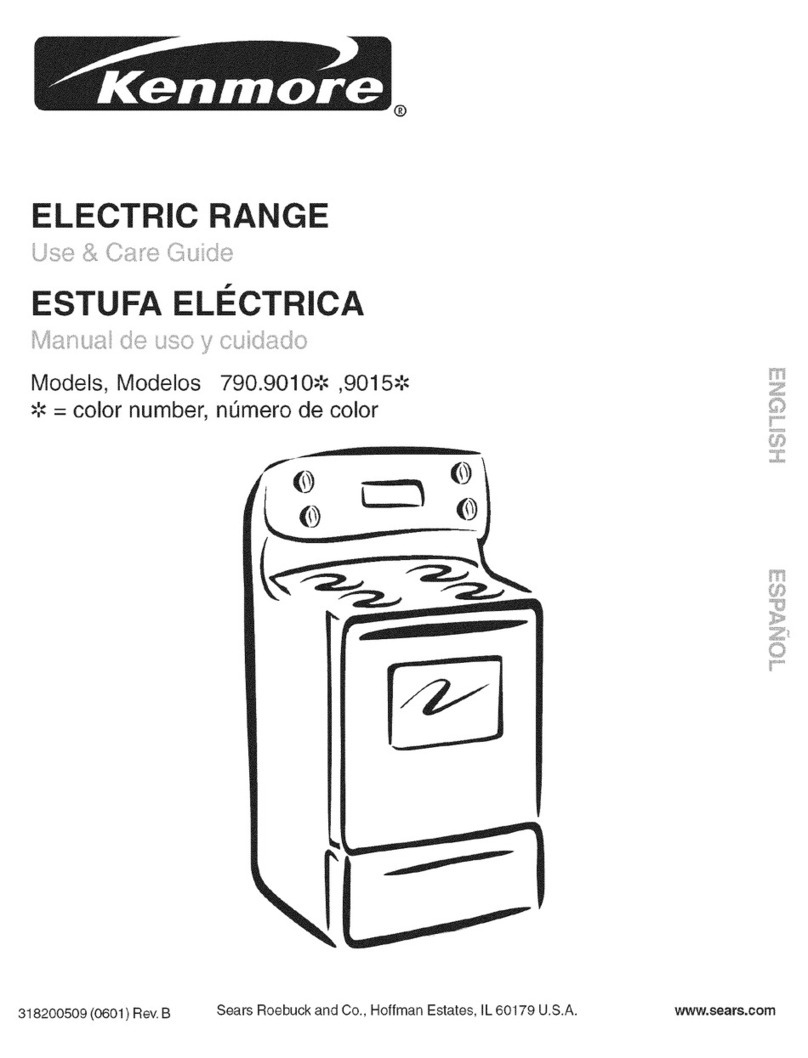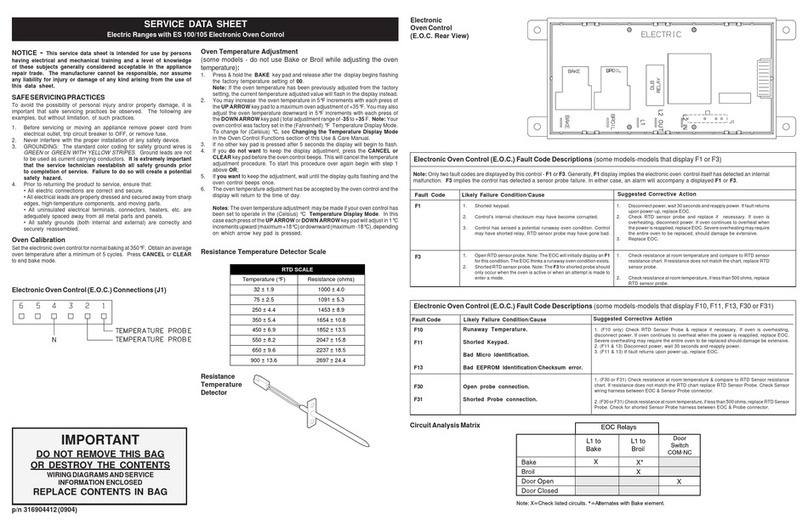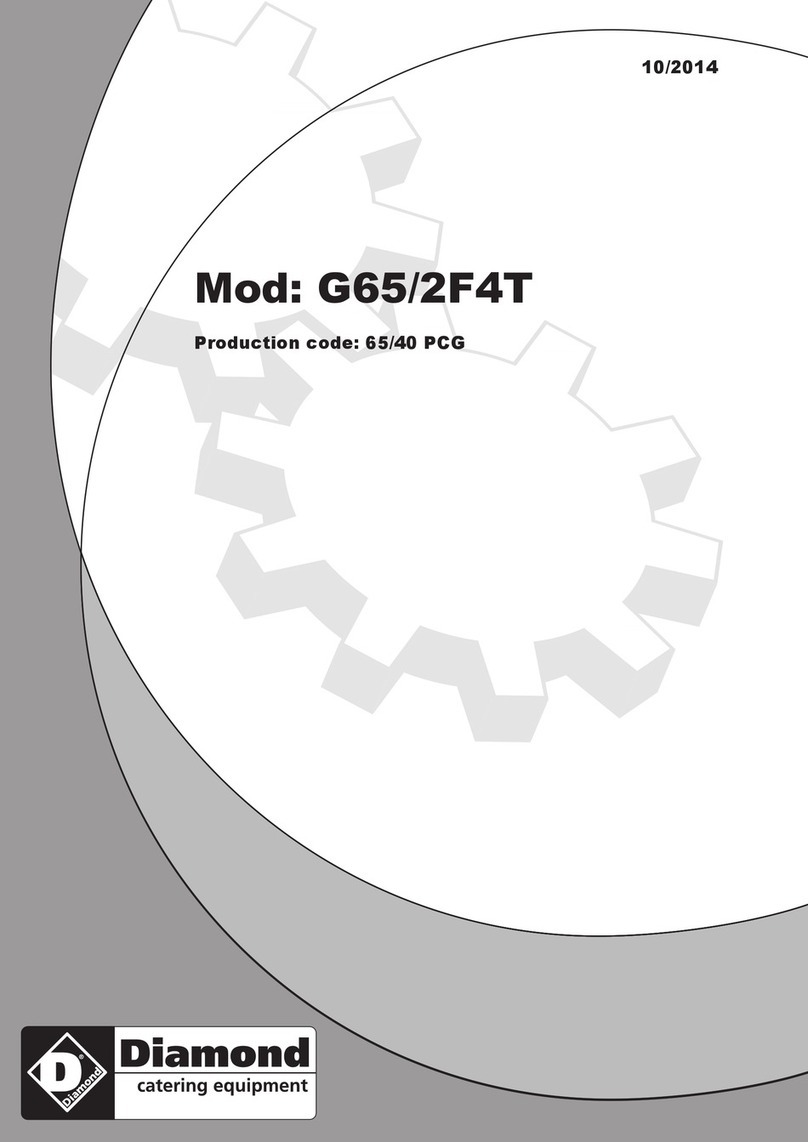Contents
1. INSTRUCTIONS FOR USE ..................................................................................................... 4
2. SAFETY PRECAUTIONS ........................................................................................................ 6
3. ENVIRONMENTAL CARE ....................................................................................................... 8
3.1 Our environmental care .................................................................................................................................. 8
3.2 Your environmental care ................................................................................................................................. 8
4. GET TO KNOW YOUR APPLIANCE ....................................................................................... 9
4.1 Description of the controls on the front panel ............................................................................................... 10
5. AVAILABLE ACCESSORIES ................................................................................................. 11
5.1 Using the rack or tray .................................................................................................................................... 12
5.2 Using the support rack .................................................................................................................................. 12
5.3 Using the rotisserie rod (on some models only) ............................................................................................ 12
5.4 Using the reduction pan stands .................................................................................................................... 13
6. USING THE COOKING HOB ................................................................................................. 14
6.1 General warnings and advice ....................................................................................................................... 14
6.2 Lighting the hob burners ............................................................................................................................... 14
6.3 Practical hints for using the hob burners ....................................................................................................... 14
6.4 Cookware diameters ..................................................................................................................................... 15
7. USING THE OVEN ................................................................................................................ 16
7.1 Before using the appliance ........................................................................................................................... 16
7.2 Oven runners ................................................................................................................................................ 16
7.3 Storage compartment (on some models only) .............................................................................................. 16
7.4 Glass lid (on some models only) ................................................................................................................... 17
7.5 Cooling system ............................................................................................................................................. 17
7.6 General warnings and advice for use ........................................................................................................... 18
7.7 Using the bottom burner ............................................................................................................................... 19
7.8 Using the gas grill ......................................................................................................................................... 19
7.9 Cooking advice and instructions ................................................................................................................... 20
7.10 Cooking information table ........................................................................................................................... 21
8. CLEANING AND MAINTENANCE ......................................................................................... 22
8.1 Cleaning stainless steel ................................................................................................................................ 22
8.2 Ordinary daily cleaning ................................................................................................................................. 22
8.3 Food stains or residues ................................................................................................................................. 22
8.4 Cleaning the cooking hob parts .................................................................................................................... 22
8.5 Cleaning the oven ......................................................................................................................................... 23
9. EXTRAORDINARY MAINTENANCE .................................................................................... 25
9.1 Replacing the light bulb ................................................................................................................................. 25
9.2 Removing the door ........................................................................................................................................ 25
9.3 Removing the door seal (not on pyrolitic models) ......................................................................................... 26
9.4 Removing the internal glass panels .............................................................................................................. 26
10. INSTALLATION .................................................................................................................. 27
10.1 Installing in kitchen units ............................................................................................................................. 27
10.2 Room ventilation and combustion extraction .............................................................................................. 28
10.3 Wall mounting brackets (where present) ..................................................................................................... 29
10.4 Gas connection ........................................................................................................................................... 30
10.5 Electrical connection ................................................................................................................................... 32
10.6 Positioning the skirt (on some models only) ................................................................................................ 33
10.7 Positioning and levelling the appliance ....................................................................................................... 33
11. ADAPTATION TO DIFFERENT TYPES OF GAS .............................................................. 34
11.1 Replacing the hob nozzles .......................................................................................................................... 34
11.2 Replacing the bottom burner's nozzle ......................................................................................................... 34
11.3 Replacing the top burner's nozzle ............................................................................................................... 35
11.4 Arrangement of burners .............................................................................................................................. 35
11.5 Final operations .......................................................................................................................................... 35
INSTRUCTIONS FOR THE USER: these contain user advice, the description of the controls and
the correct procedures for cleaning and maintenance of the appliance.
INSTRUCTIONS FOR THE INSTALLER: these are intended for the qualified technician who must
install the appliance, set it functioning and carry out an inspection test.
Further information about the products can be found at www.smeg.com
